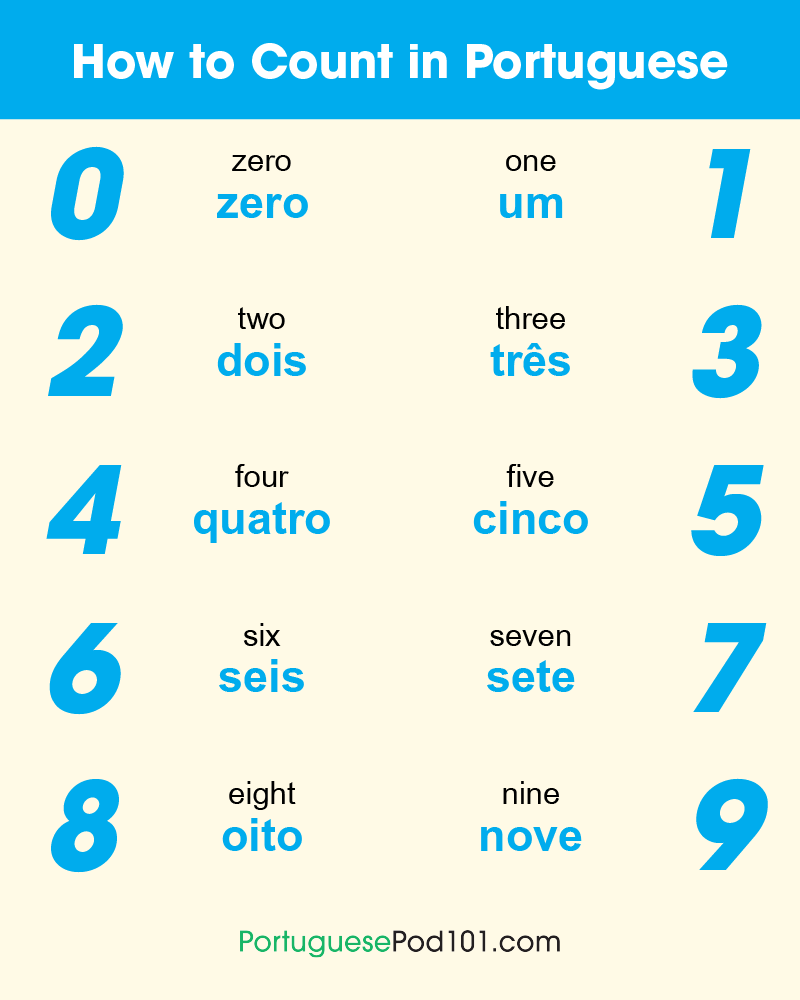Whether you’re booking a table in Lisbon, buying train tickets in Porto, or simply making new friends in Brazil, knowing how to count from 1 to 10 in Portuguese is the first numeric stepping-stone to confident conversation. Below are the essentials, plus a few pronunciation tips to keep you sounding natural.
1 – um (pronounced “oong” in Brazil, closer to “oom” in Portugal)
2 – dois (sounds like “doysh” in Rio, “doyss” in Lisbon)
4 – quatro (the “qua” rhymes with “qua” in “quarter”)
5 – cinco (stress the first syllable: “SEENG-koo”)
6 – seis (rhymes with “sayce” if you soften the final “s”)
7 – sete (two syllables: “SEH-chee,” with a gentle “t”)
8 – oito (think of the English “oy” + “too,” but fuse them quickly)
9 – nove (NOH-vee; the “o” is open, like in “not”)
10 – dez (almost “dess,” but clip the vowel short)
Practice aloud: grouping 1-5 and 6-10 makes the rhythm easier to memorize. Try counting your steps as you walk, or the number of seconds you steep your tea—micro-doses of repetition lock the sounds into muscle memory.
Once these ten feel automatic, you’ll notice them everywhere: bus numbers, café prices, football scores. Master 1-10 today, and tomorrow the teens and hundreds won’t feel half as intimidating.

















